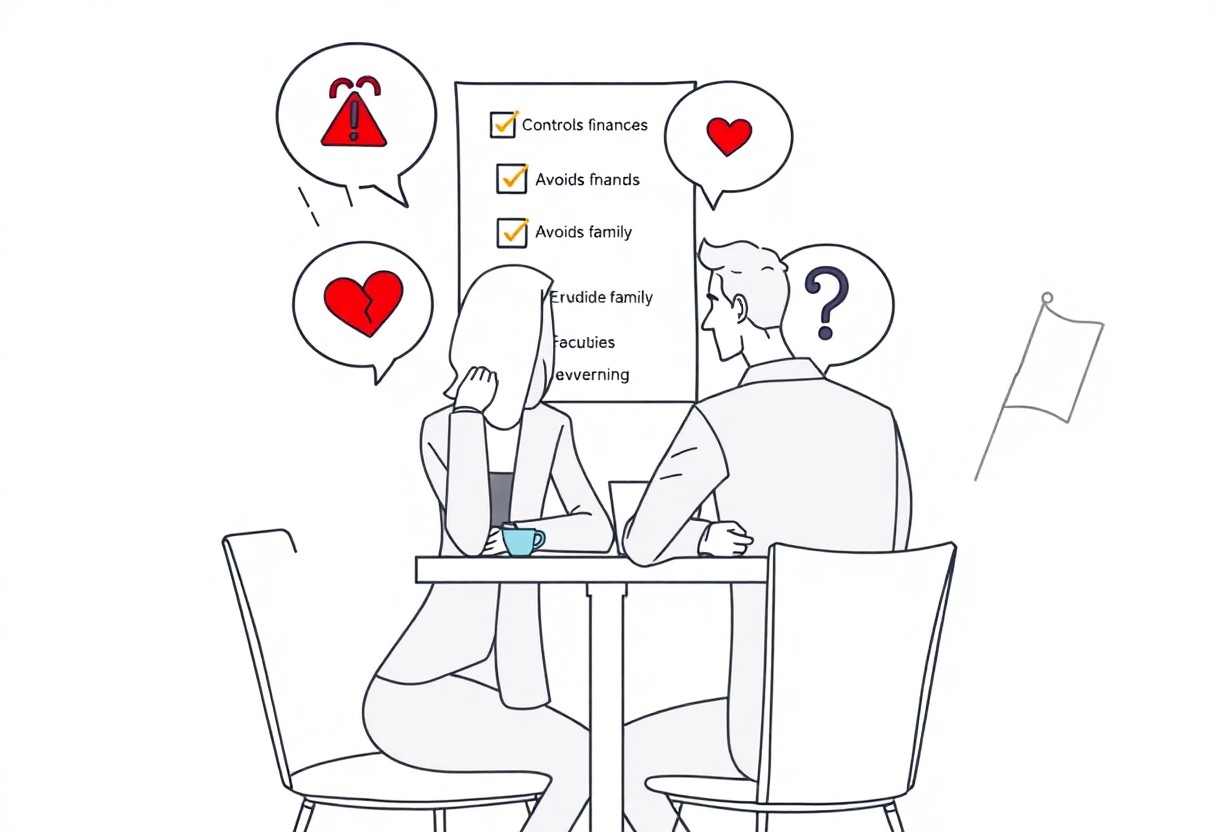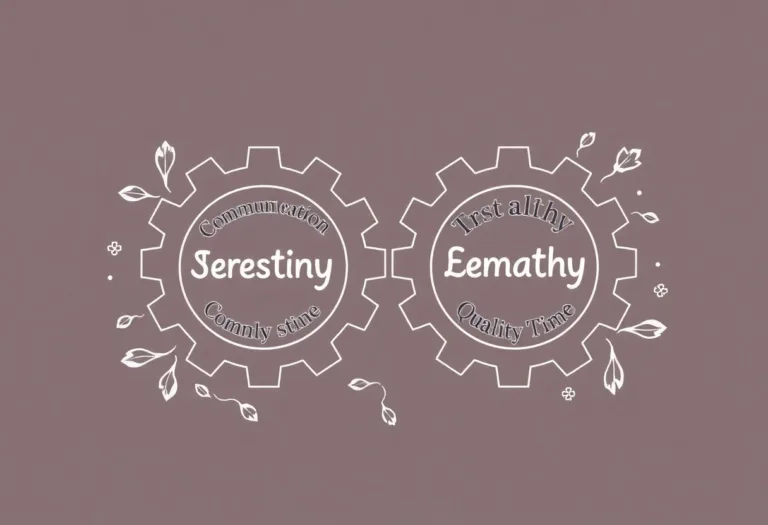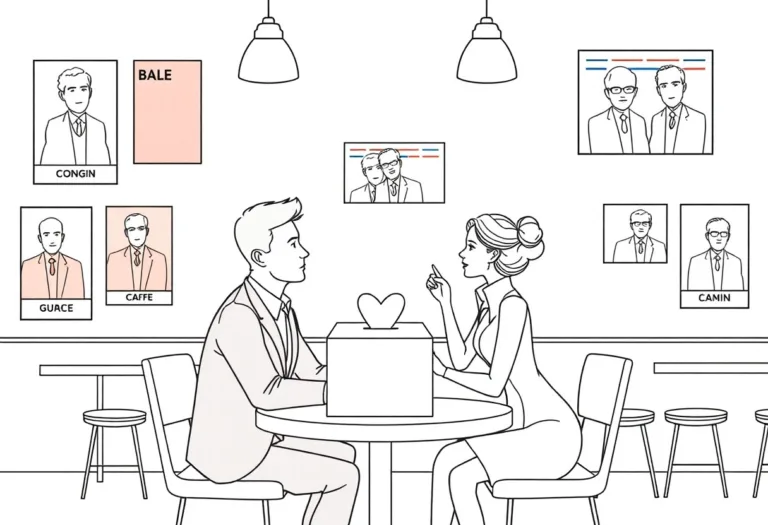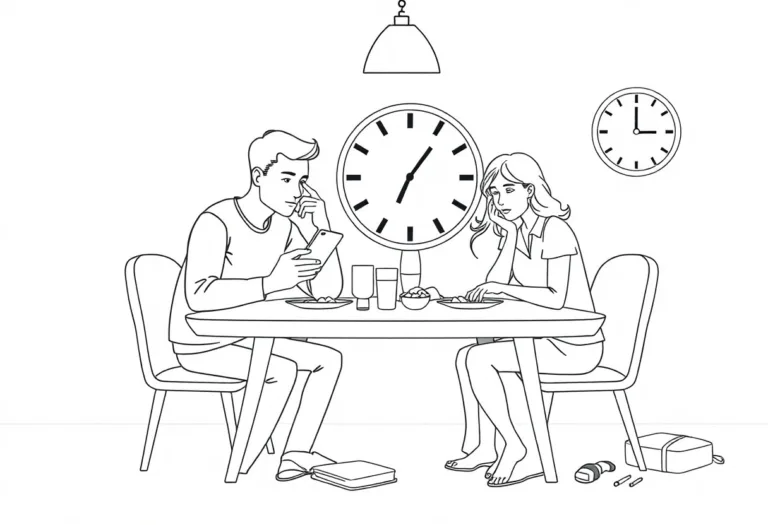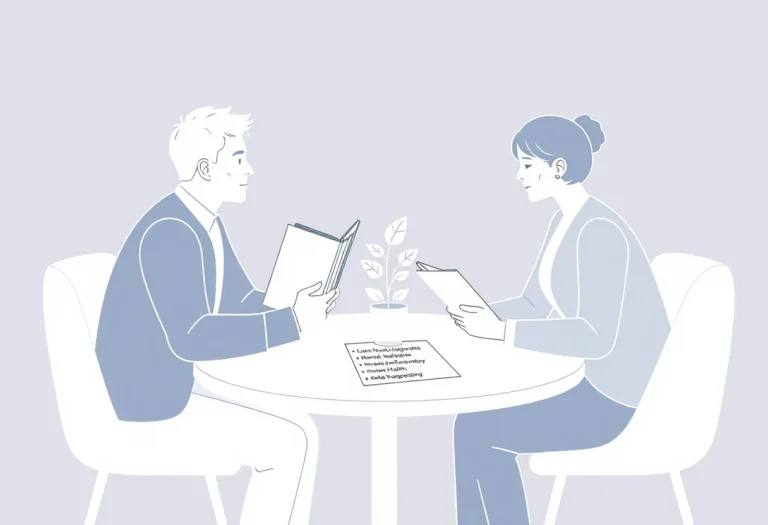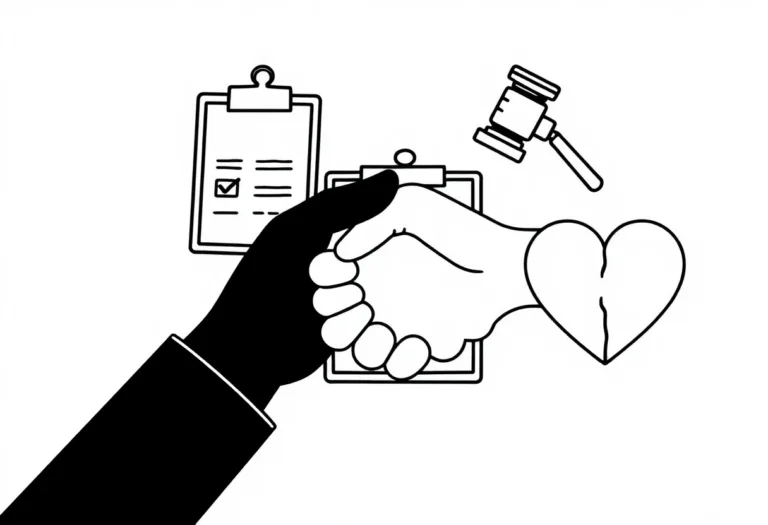How to Spot Red Flags in a Partner Before It’s Too Late
Many individuals overlook vital warning signs in their partners, often leading to difficult situations. It is vital to pay attention to behaviours that can indicate deeper issues, such as controlling tendencies or lack of respect. By honing your awareness towards these signs, you can protect your emotional well-being and foster healthier relationships. This guide will equip you with the tools to identify these red flags early, allowing you to make informed choices about your romantic entanglements.
Key Takeaways:
- Pay attention to inconsistent behaviours that may indicate dishonesty or a lack of reliability.
- Observe how they treat others, particularly service staff, revealing their true character.
- Note if they exhibit jealousy or possessiveness, which can escalate into controlling behaviour.
- Evaluate their communication style; consistent avoidance of serious discussions can be a warning sign.
- Look for patterns of unresolved conflict, as the inability to manage disputes can lead to larger issues.
Understanding Red Flags
Recognising red flags in a partner is imperative for maintaining healthy relationships. These indicators often reveal underlying issues that could affect your wellbeing and happiness. The earlier you identify these signals, the more equipped you are to make informed decisions about your relationship.
Definition of Red Flags
Red flags are warning signs that suggest potential problems in a relationship. These signs can be behavioural, emotional, or even related to values. Identifying them early can prevent future heartache and help you assess if a partner is truly compatible with you.
Common Types of Red Flags
Common types of red flags include controlling behaviour, a lack of respect for boundaries, obsession with social media, inconsistent communication, and excessive jealousy. Each of these can indicate deeper issues, such as insecurity or manipulation. Perceiving these behaviours early on can allow you to reassess your relationship dynamics.
| Type of Red Flag | Description |
| Controlling Behaviour | Attempts to dictate your choices and actions. |
| Lack of Respect for Boundaries | Disregarding your personal space or feelings. |
| Obsession with Social Media | Monitoring your online interactions excessively. |
| Inconsistent Communication | Fluctuating between being overly affectionate and distant. |
| Excessive Jealousy | Constantly questioning your interactions with others. |
Identifying common types of red flags can save you from emotional turmoil. They often manifest as patterns that may seem minor initially but can escalate and lead to serious consequences. Pay close attention to your partner’s treatment of others, as this can indicate their true character. Perceiving these signs can protect your emotional health and happiness.
| Type of Red Flag | Example Behaviour |
| Controlling Behaviour | Dictating who you spend time with. |
| Lack of Respect for Boundaries | Ignoring your need for personal time. |
| Obsession with Social Media | Demanding access to your accounts. |
| Inconsistent Communication | Sliding from affection to coldness rapidly. |
| Excessive Jealousy | Freaking out over harmless interactions. |
Key Factors to Evaluate in a Partner
Assessing potential partners requires a keen eye for various aspects that can significantly impact your relationship. Focus on communication styles, emotional availability, and values alignment. These factors can reveal much about their compatibility and long-term potential. Be aware of inconsistencies in their behaviours or attitudes. Perceiving these patterns early on can save you from heartache later.
- Communication styles
- Emotional availability
- Values alignment
Communication Styles
Effective communication is fundamental in any relationship. Observe how your partner expresses themselves and handles conflict; passive-aggressive behaviour or constant defensiveness are significant red flags. Engaging in open dialogues and actively listening can indicate a healthy approach to resolving misunderstandings.
Emotional Availability
Emotional availability refers to a partner’s readiness to engage on a deeper level. Someone who struggles with vulnerability or avoids discussing feelings may not be prepared for a serious commitment. Look for signs of emotional openness, such as willingness to share past experiences and future goals. This capacity directly influences your relationship’s depth and stability.
Individuals lacking emotional availability may demonstrate erratic behaviours or appear detached. They might find it challenging to connect with you or express compassion during tough times. Such partners often focus on superficial engagement, leaving you feeling unfulfilled. Consider how their past relationships impacted their emotional responsiveness; patterns of avoidance often reveal underlying fears. Perceiving these dynamics can guide you in making informed choices about your partner’s potential for a lasting relationship.
Observing Behaviour Patterns
Your partner’s behaviour often reveals more than their words. Keep an eye out for consistent patterns that may indicate deeper issues. For instance, if they frequently exhibit controlling tendencies or show signs of jealousy, these behaviours can escalate, leading to more severe problems in the relationship. Noticing their reactions over time will provide crucial insight into their character and whether they align with your values.
Treatment of Others
Evaluate how your partner treats those around them, including service staff, friends, and family. A person who displays disrespect or harshness towards others may harbour similar attitudes towards you. Observing their interactions can elucidate significant character traits that could impact your relationship.
Responses to Conflict
Your partner’s manner of addressing conflict is a telling indicator of their emotional maturity. Watch for patterns such as stonewalling, where they shut down instead of communicating, or even overreacting to minor issues. Healthy relationships thrive on open dialogue and effective problem-solving.
In examining their responses to conflict, consider whether they demonstrate a willingness to engage in calm discussions when disagreements arise. Look for behaviours such as seeking compromise or actively listening to your perspective. Alternatively, frequent shouting matches or dismissive attitudes can signify deeper communication problems. A partner who refuses to acknowledge their part in disputes may be less likely to contribute positively to resolving issues, leading to ongoing frustration or resentment. Identifying these trends early can help you ascertain whether the relationship will foster growth or perpetuate dysfunction.
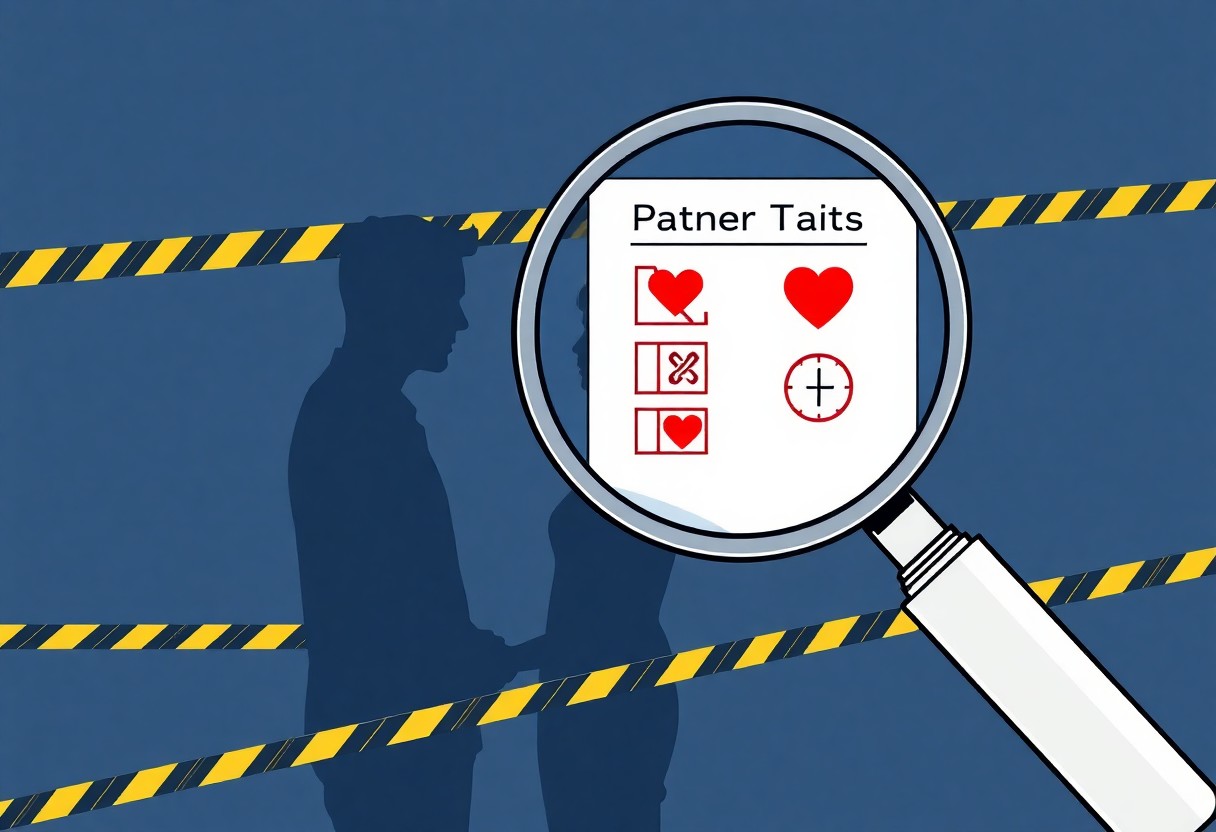
Trust and Transparency
Trust and transparency form the backbone of any healthy relationship. Your partner should be forthcoming about their feelings, experiences, and intentions. This openness fosters mutual respect and diminishes uncertainty, allowing both of you to build a solid foundation. When your partner shares their thoughts freely, it indicates a willingness to engage in constructive dialogue, making it easier to address any potential issues before they escalate.
Openness and Honesty
Openness and honesty in a relationship are non-negotiable. If your partner consistently dodges straightforward questions or makes vague statements, it may signify underlying issues. Genuine partners will not only express their thoughts candidly but also create a safe space for you to do the same, reinforcing a mutual trust that is important for a long-lasting connection.
Sharing Personal Boundaries
Effective communication regarding personal boundaries is vital. Your partner should be able to clearly articulate their limits while respecting yours. This mutual understanding helps prevent misunderstandings and creates a healthier dynamic. When boundaries are respected, a sense of safety and security flourishes within your relationship.
Sharing personal boundaries isn’t merely about stating what makes you uncomfortable; it also involves listening to your partner’s limits and finding common ground. For instance, if your partner expresses discomfort with public displays of affection, a respectful response is to honour that preference rather than dismiss it. Setting boundaries together allows both of you to feel valued and respected, ultimately fortifying your relationship. It also paves the way for better conflict resolution and deeper emotional intimacy, as you navigate each other’s comfort zones with care and understanding.
Identifying Control Issues
Control issues in a partner can manifest subtly yet significantly, often beginning with seemingly benign requests that evolve into demanding behaviours. You might find that your partner insists on making decisions for you, from what to wear to who to socialise with. Such patterns can point to deeper control problems, where your autonomy is compromised and your choices are consistently undermined.
Signs of Controlling Behavior
Controlling behaviour often surfaces through excessive questioning about your whereabouts or who you’re with. If you frequently feel the need to justify your actions or decisions to your partner, it may indicate that they are attempting to exert influence over your life. Additionally, if your partner discourages you from spending time with friends or family, this isolation is a significant warning sign.
Recognising Manipulation Tactics
Manipulative partners may use guilt, fear, or obligation to maintain control over you, distorting your perception of reality. You might find that they twist your words or minimise your feelings during disagreements, creating a false narrative that leaves you questioning your own thoughts. This emotional turmoil can make you feel trapped in the relationship.
Common manipulation tactics include gaslighting, where your partner denies or downplays your experiences, making you doubt your reality. For instance, if they claim to have never said something you distinctly remember, this can sow seeds of confusion and self-doubt. Emotional blackmail is another tactic; they might threaten to withdraw love or support unless you adhere to their demands. Recognising these behaviours early is vital to maintaining your emotional wellbeing and assessing the health of your relationship.
Tips for Assessing Relationship Health
Evaluating the well-being of your relationship involves recognising key indicators of emotional stability and compatibility. Focus on the following aspects:
- Communication: Open and honest conversations are vital.
- Trust: Ensure you have confidence in your partner’s words and actions.
- Support: Both partners should uplift one another in challenging times.
- Respect: Mutual regard reinforces a healthy dynamic.
Recognising these factors early aids in nurturing a thriving partnership.
Reflecting on Personal Needs
Understanding your own desires and requirements lays the groundwork for a healthy relationship. Assess what makes you feel valued, whether it’s affection, time together, or shared interests. Clarifying your personal needs offers insight into what you should seek in a partner, ensuring that your expectations align with their behaviour.
Asking the Right Questions
Asking pointed questions is imperative for discerning a partner’s values and intentions. Delve into areas such as relationship goals, family dynamics, and conflict resolution strategies. Explore their thoughts on future aspirations and how they’ve handled past relationships. Your inquiries should help evaluate their compatibility with you on significant issues that impact long-term happiness.
Inquire about their views on commitment, how they manage stress, and watch for the consistency of their responses. For instance, asking about their approach to disagreements can reveal their potential to engage in constructive arguments or resort to avoidance. Sharing personal stories about past mistakes also helps gauge emotional intelligence, as their reflections can indicate growth and awareness. Comprehending these elements forms a clearer picture of how they align with your own relationship vision.
Final Words
So, staying attuned to your partner’s behaviour is important in identifying potential red flags early on. Look for patterns of dishonesty, lack of respect, or controlling tendencies. Trust your instincts; if something feels off, don’t dismiss it. Communication is key—discuss your concerns openly and honestly. Pay attention to how your partner reacts to your feelings, as their response can reveal much about their character. By being observant and proactive, you can make informed decisions about your relationship before it becomes problematic.
FAQ
Q: What are some common red flags to look out for in a partner?
A: Common red flags include excessive jealousy, controlling behaviour, lack of respect for boundaries, poor communication skills, and a history of unhealthy relationships.
Q: How can I identify if my partner is emotionally unavailable?
A: Signs of emotional unavailability include reluctance to discuss feelings, avoidance of deep conversations, inconsistent communication, and a tendency to shut down during conflicts.
Q: What role does trust play in identifying red flags?
A: Trust is vital; if you often feel insecure or suspicious about your partner’s actions or intentions, it may signal deeper issues, such as dishonesty or manipulation.
Q: How can I assess my partner’s treatment of others?
A: Observing how your partner interacts with friends, family, and even service staff can provide insight; if they display disrespect or cruelty, it may indicate potential future behaviour towards you.
Q: Should I ignore minor red flags if the relationship feels good overall?
A: Minor red flags should not be dismissed entirely; they can indicate underlying issues. It’s better to address them early on to prevent escalation in the future.
